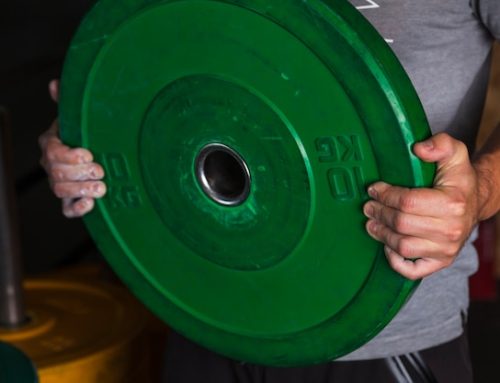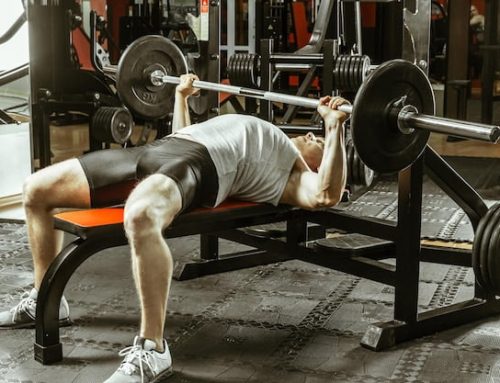The Science behind High-Rep Weightlifting
High-rep weightlifting is a training technique that involves performing a certain exercise for a high number of repetitions with a light to moderate weight. While traditional weightlifting is known to build strength and muscle mass through low-rep, high-weight sets, high-rep weightlifting offers a different set of benefits. But which muscles benefit most from high-rep weightlifting?
The Muscles Targeted By High-Rep Weightlifting
Muscles in the lower and upper body are both targeted by high-rep weightlifting, but the specific muscles that are worked depend on the exercises performed. The following table shows some of the muscles involved in common high-rep weightlifting exercises:
| Exercise | Muscles Targeted |
|---|---|
| Squats | Quadriceps, Glutes, Hamstrings, Lower Back |
| Push-ups | Chest, Triceps, Front Deltoids, Abdominals |
| Lunges | Quadriceps, Glutes, Hamstrings, Calves, Lower Back |
| Curls | Biceps, Forearms |
| Shoulder Press | Shoulders, Triceps, Upper Back |
The Benefits of High-Rep Weightlifting
While traditional weightlifting is known to build strength and muscle mass through low-rep, high-weight sets, high-rep weightlifting offers a different set of benefits. Some of the ways high-rep weightlifting can help your body include:
Endurance
One of the most significant benefits of performing high-rep weightlifting is the increased endurance it provides. The high number of repetitions in each set helps improve your muscular endurance, making it easier for you to perform physical activities for extended periods. Improved muscular endurance also means that you’re less likely to experience muscle fatigue during workouts.
Increased Blood Flow
Performing high-rep weightlifting exercises also improves blood flow to your muscles. Increased blood flow ensures that your muscles receive more oxygen and essential nutrients, which can help with post-workout recovery and overall muscle growth.
Improved Cardiovascular Health
High-rep weightlifting exercises also have a positive effect on your cardiovascular health. By increasing your heart rate and breathing rate, you’re able to get your blood pumping faster, which can help improve your cardiovascular endurance and overall heart health.
Better Form
High-rep weightlifting requires you to use lighter weights, which encourages better form during exercises. By using lighter weights, you’re less likely to cheat and perform the exercise improperly, which can lead to injuries.
How to Incorporate High-Rep Weightlifting into Your Routine
If you’re looking to add high-rep weightlifting to your workout routine, it’s essential to start slow and focus on proper form. Try incorporating one or two high-rep exercises into your regular routine and gradually increase the number of repetitions over time.
It’s also important to ensure you’re using the right weight for each exercise. The weight should be lightweight or moderate, and you should be able to perform the exercise with proper form for the entire duration of the set.
Final Thoughts
High-rep weightlifting can be a great way to switch up your workout routine and target different muscles than traditional weightlifting. Besides endurance, improved blood flow, and cardiovascular health, high-rep weightlifting encourages better form, making it a safe and effective way to exercise. Remember to start slow, focus on proper form, and gradually increase the number of repetitions and weight over time for the best results.






